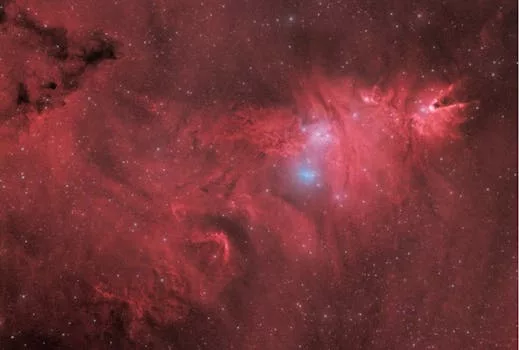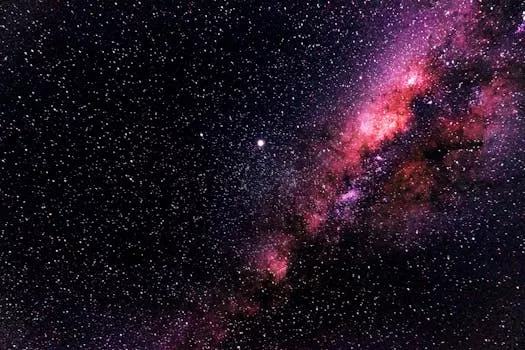
“
Beyond the Milky Way: Imagining New Worlds and Possibilities
Introduction to the Milky Way and Beyond
Beyond the Milky Way: Imagining New Worlds and Possibilities is a fascinating topic that has captured the imagination of humans for centuries. Our galaxy, the Milky Way, is just one of billions of galaxies in the universe, each containing billions of stars and potentially habitable planets. As we continue to explore and understand our own galaxy, we are also drawn to the mysteries of the universe beyond. For more on this concept, check out Charting New Realms: The Journey of Imagination Beyond the Stars.
The Milky Way is a spiral galaxy, consisting of hundreds of billions of stars, gas, and dust. It is estimated to be about 100,000 light-years in diameter and is thought to contain between 200 and 400 billion stars. Our solar system is located in one of the outer spiral arms of the galaxy, about 27,000 light-years from the center.
Exploring the Universe Beyond the Milky Way
As we look beyond the Milky Way, we enter the realm of intergalactic space, where galaxies are separated by vast distances. The nearest major galaxy to the Milky Way is the Andromeda Galaxy, which is about 2.5 million light-years away. The Andromeda Galaxy is similar in size and structure to the Milky Way and is thought to be approaching us at a speed of about 250,000 miles per hour.
Beyond the Andromeda Galaxy, there are many other galaxies that are part of the Local Group, a cluster of galaxies that are gravitationally bound together. The Local Group is thought to contain over 50 galaxies, including the Milky Way, Andromeda, and several smaller galaxies. For a deeper dive into the universe, consider reading Beyond Stars: Where Imagination Takes Flight.
Imagining New Worlds and Possibilities
As we explore the universe beyond the Milky Way, we are also drawn to the possibility of finding new worlds and life forms. The discovery of exoplanets, which are planets that orbit stars outside of our own solar system, has opened up new possibilities for the search for life beyond Earth. This topic is closely related to the exploration of cosmic frontiers, as discussed in Charting New Realms: The Journey of Imagination Beyond the Stars – Exploring Cosmic Frontiers.
One of the most promising areas of research is the study of exoplanets that are located in the habitable zones of their respective stars. The habitable zone is the region around a star where temperatures are just right for liquid water to exist, which is a crucial ingredient for life as we know it.
Conclusion and Takeaways
In conclusion, the exploration of the universe beyond the Milky Way is a fascinating and complex topic that has captured the imagination of humans for centuries. As we continue to explore and understand our own galaxy, we are also drawn to the mysteries of the universe beyond.
Some of the key takeaways from this article include:
- The Milky Way is just one of billions of galaxies in the universe, each containing billions of stars and potentially habitable planets.
- The universe beyond the Milky Way is vast and complex, with many galaxies and star systems that are still unexplored.
- The discovery of exoplanets has opened up new possibilities for the search for life beyond Earth.
- The study of exoplanets in the habitable zones of their respective stars is a promising area of research for the search for life beyond Earth.
We hope that this article has inspired you to learn more about the universe beyond the Milky Way and the possibilities of new worlds and life forms that await us.






